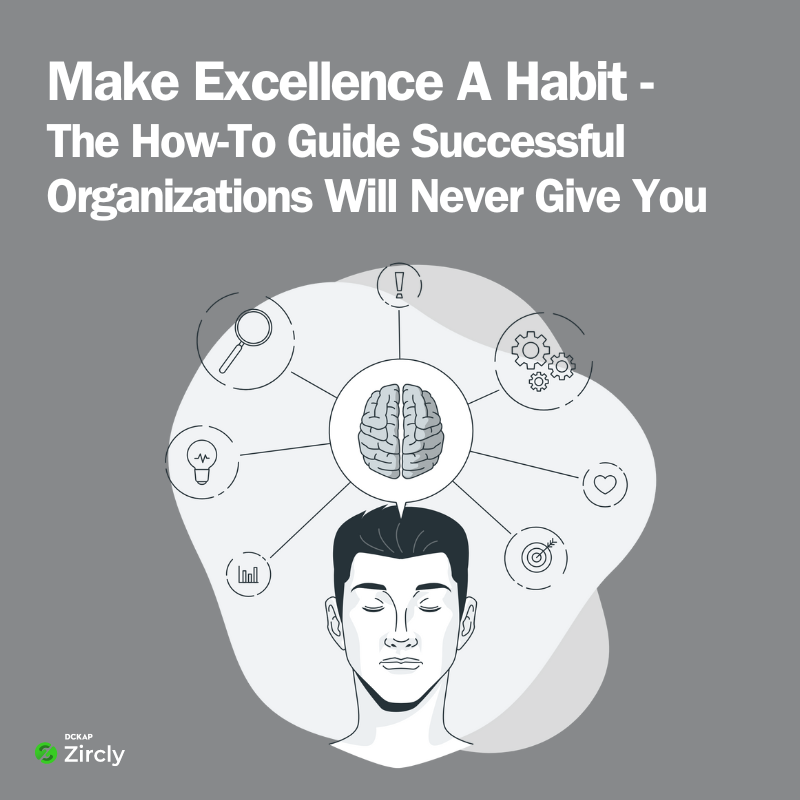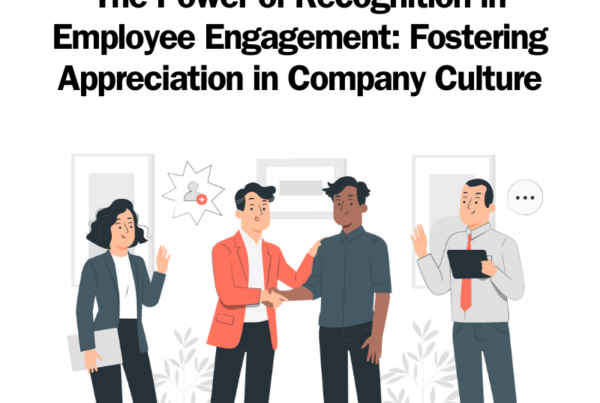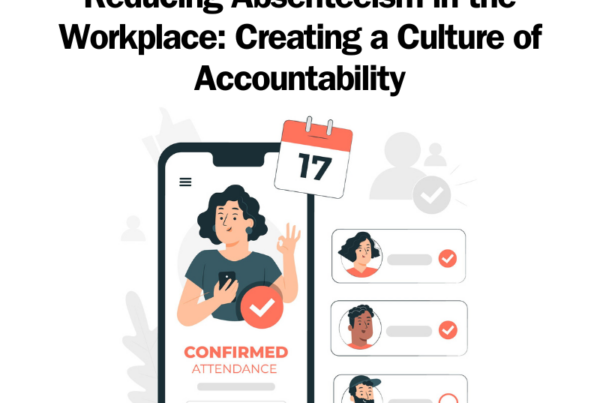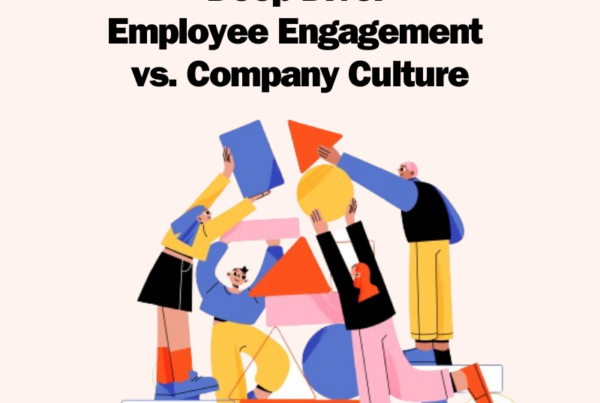
The secret sauce for organizational success is mostly made of successful employees. There’s a lot of research to back up the fact that employee wellbeing is one of the most, if not the most important leading indicator for success.
But how can an organization weave this into the fabric of their business, their culture? Understanding the psychology of motivation is a good starting point, and this post is about just that.
Understanding the Motivation Puzzle
The dictionary definition of motivation is a reason or reasons for acting or behaving in a particular way.
Essentially, it is the driving force behind human behavior, or in this case employee behavior. It’s the internal mechanism that compels employees to act, to strive for excellence, and to pursue goals.
Motivated employees are like a well-oiled machine– they’re productive, innovative, and committed to the company’s mission.
Employee Engagement & The Psychology Behind It
Employee engagement is how actively occupied your employees are. Check out our blog post on Employee Engagement for a deep dive into how it benefits businesses, but essentially, employee engagement is about more than how happy your employees are at work. It’s about the emotional connection and commitment employees have towards the organization’s goals and values.
Motivation in the workplace has been a topic of interest for psychologists for a long time. One prominent theory that helps understand intrinsic motivation and how businesses can help employees engage with their work more is the SDT Theory or the Self-Determination Theory.
The theory states that people are motivated to change and grow by three innate and universal needs– autonomy, competence, and relatedness. When these needs are fulfilled, people are driven to engage in tasks for their own sake.
Let’s get into how businesses can nurture these needs among their employees.
Fulfilling Autonomy
Autonomy defined as the right to self-governance can simply be defined as independence.
The best way to give employees autonomy is to give them the freedom to make decisions and control their work. Giving people the freedom to decide and do, evokes a feeling of ownership over their tasks increasing the likelihood of their emotional investment in the outcome and driving them to strive for excellence.
Cultivating Competence
With excellence comes the desire for competence. Or the desire to do something successfully and efficiently. Perhaps it is because the human mind is easily bored, or maybe it is because of man’s innate desire to develop his skills. Either way, by providing opportunities to learn and grow, businesses can foster that desire, and that spirit and build an organizational culture of competence.
Thorough training, mentorship, challenging assignments, and investing in employees’ professional development are some ways to go about cultivating competence and fuelling motivation and engagement.
Nurturing Relatedness
As much as human beings are fans of freedom, they’re also fans of the feeling of connection. As social creatures, connection, and belonging are universal needs, and nurturing those feelings can help both the employees and the business.
Fostering a sense of belongingness and camaraderie at the workplace is crucial for employee engagement. When employees feel valued, supported, and connected to their colleagues and the organization as a whole, they are more likely to put their best foot forward.
The Ripple Effect of Employee Engagement
The truth is that the benefits of employee engagement extend far beyond individual performance. Engaged employees collaborate effectively, communicate transparently, and innovate boldly. They’re also less prone to burnout. Nurturing engagement also reduces turnover, effectively saving organizations valuable resources in recruitment and retention efforts.
Conclusion: Empowering Engagement for Success
Understanding the psychology of motivation, prioritizing it, and nurturing autonomy, competence, and belongingness helps organizations cultivate a productive and passionate workforce.
In the journey of business success, employee engagement is not just a destination—it’s the engine that drives us forward. But how can leaders put the psychology of motivation to good use?
There are many ways to do so, but Zircly is perhaps the easiest. With its community, events, and polls feature Zircly empowers businesses to create belonging, competence, and autonomy. Schedule a demo today to find out exactly how we designed Zircly to support your business, your people, and your community.




